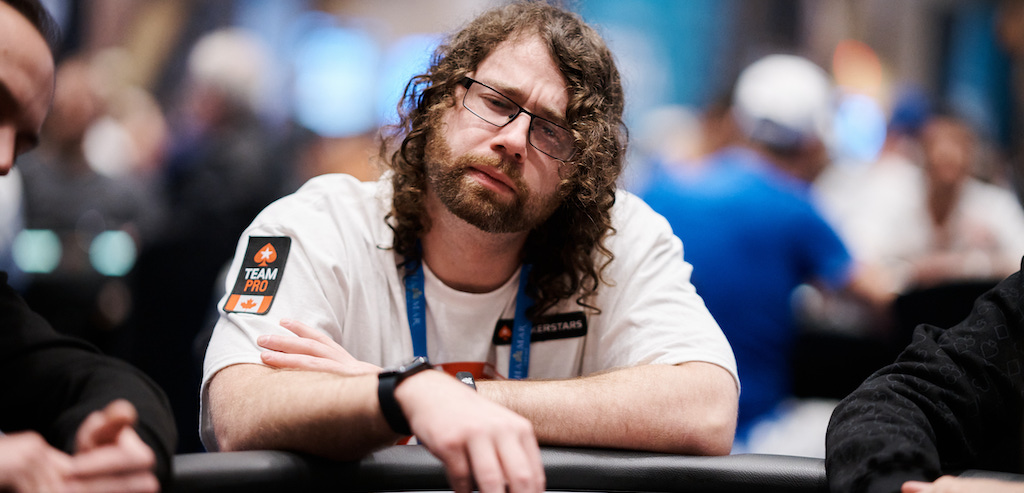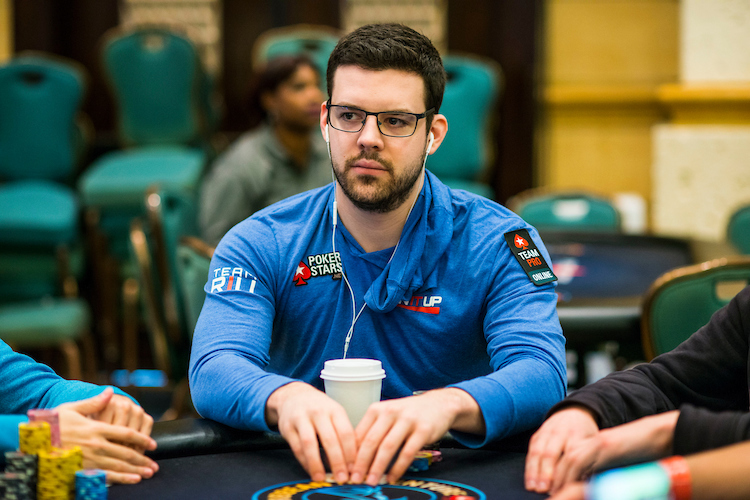4 Best Poker YouTube Channels
Poker’s been a crowd-puller for forever. It was this massive love that kicked off the poker boom of the early 2000s. But you know how it goes—where there’s money flowing, the watchdogs come sniffing.
Sure enough, the U.S. Department of Justice stuck their oar in, going after Party Poker, Cereus Network and other online poker giants for stepping over the Unlawful Internet Gambling Enforcement Act (UIGEA) line.
It gave the industry a knock, but you can’t keep a good game down. The passion is still burning bright—just look at how online poker shot up by 43% during those lockdown days. Bring in YouTube, the video-sharing giant thriving since 2005, and you have for yourself a goldmine of poker knowledge right at your fingertips.
There’s no shortage of YouTube channels dispensing poker wisdom these days. But who’s worth your time? We’ve rounded up 4 of the best to sort that out for you.
1. Bet M
For Bet M, their February 2024 entry into the YouTube poker education space proves that timing isn’t everything.
The team primarily operates a comprehensive website, delivering honest casino reviews and well-researched gambling guides.
Their focus remains on keeping players informed, successful, and current. With regular updates on casino and betting promotions, you won’t ever miss any valuable opportunities.
They’ve brought that same educational spirit to YouTube, offering the kind of content you don’t see every day. We’re talking about thought-provoking discussion videos like “Which President Would Be The Best Poker Player?”
Additionally, you have Daniel Negreanu and other poker big dogs breaking down poker concepts and answering questions. Then there are these pre-recorded “What Would You Do?” sessions that really get you thinking about how you’d handle different real poker situations.
Bet M has published 696 videos from nowhere, and people are loving it—already sitting on 356 subscribers and over 427,000 views.
Just imagine where they’ll be in a year’s time. Better hit that subscribe button now if you don’t want to miss out on their quality content and watch them take off.
2. Daniel Negreanu
Professional poker player Daniel Negreanu, popularly known as “Kid Poker,” rose to fame during the poker boom. He has been a fan favorite ever since—and with $52.4 million in live tournament winnings, he has the credentials to back it up.
If you’re talking about poker celebrities, Negreanu is probably the first name that comes to mind. He saw the potential in YouTube early, launching his channel, “Daniel Negreanu,” back in 2006.
Today, there are over 863,000 subscribers tuning in to learn from the man who has won more tournament money than most of us will see in ten lifetimes.
Negreanu keeps his channel fresh with a range of poker-related content. His channel comprises strategy breakdowns for beginners (with some advanced gems thrown in), live streams that’ll keep you up all night, and his yearly WSOP vlogs that feel like you’re right there with him.
Then there is the DAT Poker Podcast and hand reviews that’ll make you think twice about your game, and these incredible sessions with fellow poker royalty like Phil Ivey.
His approach to poker education is clearly flourishing—over 1,000 videos deep and sitting at 151.4 million lifetime views.
3. PokerStars
PokerStars has been a driving force in online poker since launching real money games on December 12, 2001. This platform didn’t just participate in the industry—it brought us the world’s biggest online poker tournament.
Over the last twenty years, PokerStars has adeptly managed numerous integral shifts. They’ve made strategic acquisitions following the poker Black Friday period, including Full Tilt Poker. Flutter Entertainment acquired PokerStars’ parent company in 2020.
PokerStars has been busy striking deals with heavy hitters like Microgaming and Red Bull Racing, while pushing the envelope with innovations like PokerStars VR in 2018 and their peer-to-peer betting exchange in 2022.
They have an eye for talent too, building their PokerStars Pro Team Online with some serious streaming firepower. You have personalities like Ben Spragg and Lex Veldhuis keeping the community entertained and informed.
Since launching their YouTube channel in 2006—the same year as Negreanu—PokerStars has delivered comprehensive coverage of both their live and online operations while encouraging responsible gambling.
Their content portfolio impresses with European Poker Tour (EPT) highlights, detailed strategy walkthroughs, and professional poker tips. The Learn Series caters to beginners, while epic hand analyses and weekly compilations keep viewers engaged.
Additional series like The Big Game and Shark Cage round out their educational entertainment approach, resulting in over 1.4 billion lifetime views and 1.86 million subscribers following their progress.
4. Wolfgang Poker
Known as the first poker vlogger to cross one million subscribers on YouTube, Alexander “Wolfgang” Seibt is the man behind the channel “Wolfgang Poker”. The channel continues to grow, now sitting at 1.5 million subscribers.
Poker has been in Seibt’s story since age twelve, though he initially showed promise as a soccer player. His watershed moment came during a basement card game with friends, where a $5 six-way flip turned into a $30 win. That excitement convinced Seibt that his future lay with cards rather than on the soccer field.
After finding his footing at the poker tables, Seibt launched his YouTube channel in 2017, determined to avoid the conventional 9-to-5 path after graduation. His breakthrough came unexpectedly—a Justin Bieber impersonation video that garnered millions of views and led to a video editing position with Vitaly, a Russian prank channel.
Drawing inspiration from poker vloggers like Tim “TheTrooper97” Watts and leveraging new friendships in the community, Seibt recognized an opportunity to create his own poker content. His first poker videos, despite showcasing admittedly amateur play, attracted over 10,000 views—enough encouragement to keep him going.
Today, Seibt’s content reflects his growing expertise and passion for the game. His channel features tournament runs, EPT sessions from Monte Carlo to Barcelona, and engaging content like “I Flopped QUADS and My Opponent WON'T STOP BETTING!!”
He regularly collaborates with fellow professionals like Brad Owen and Rampage.
As a celebrity poker tour champion, Seibt has accumulated over 987.1 million lifetime views. His content now spans high-stakes tournaments with up to $4 million prizes and cash games featuring up to $40,000 pots, proving just how far he’s come from those basement games.



